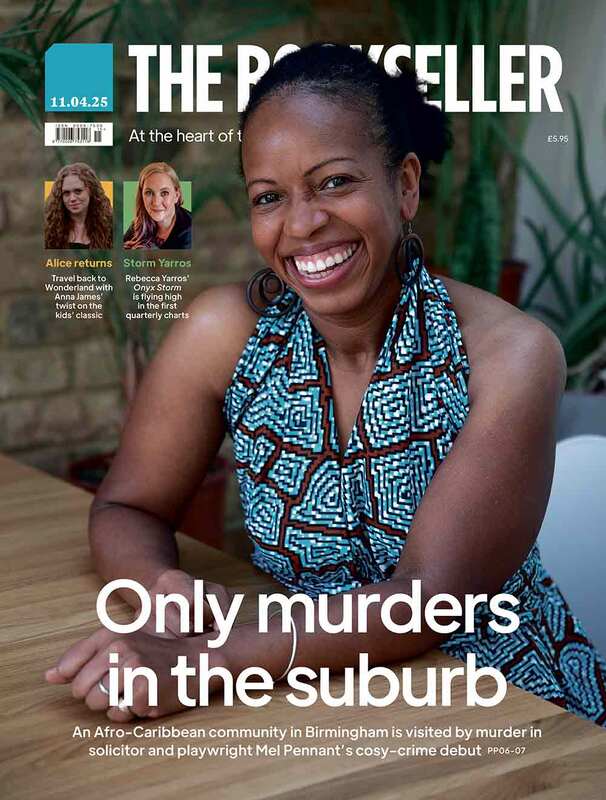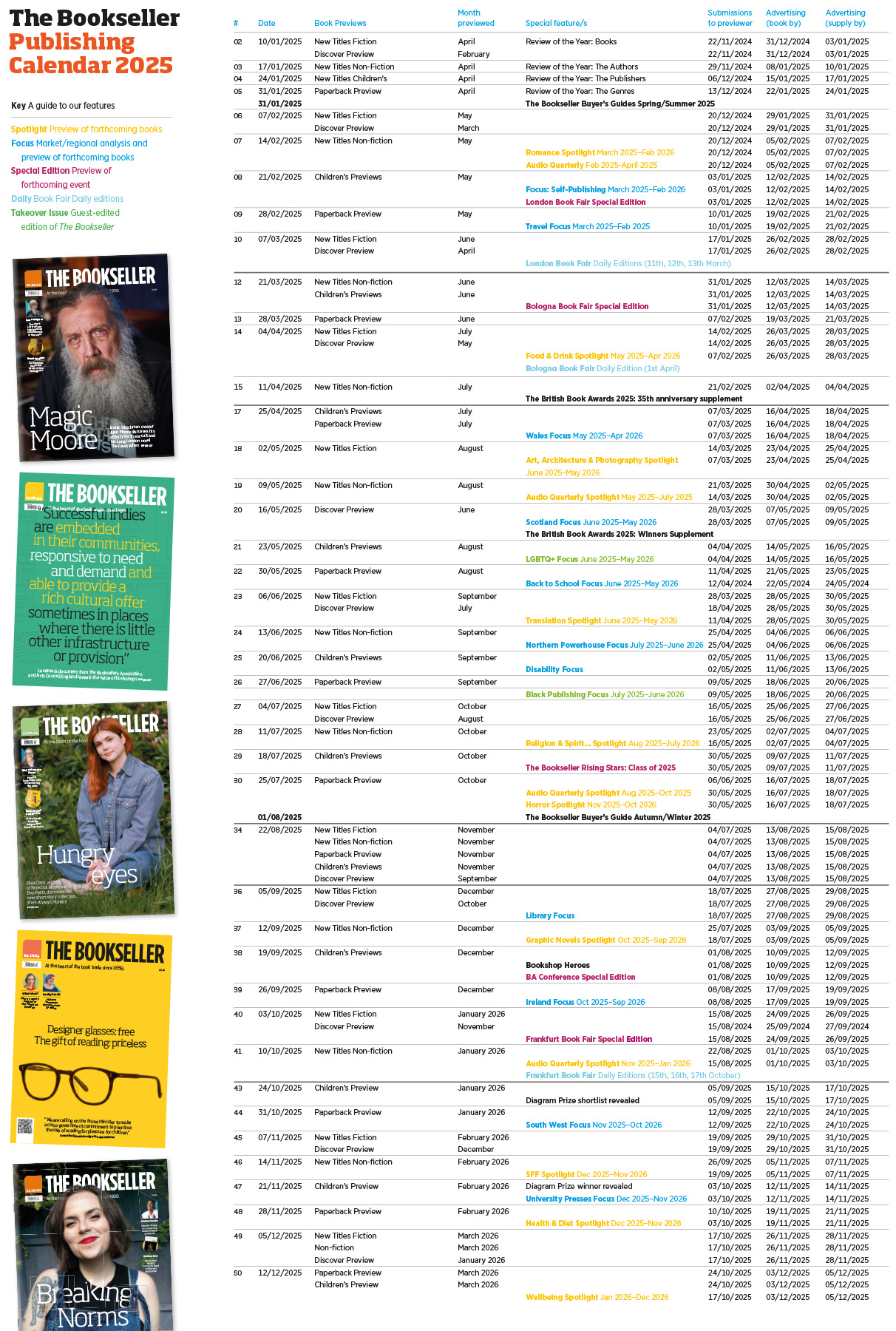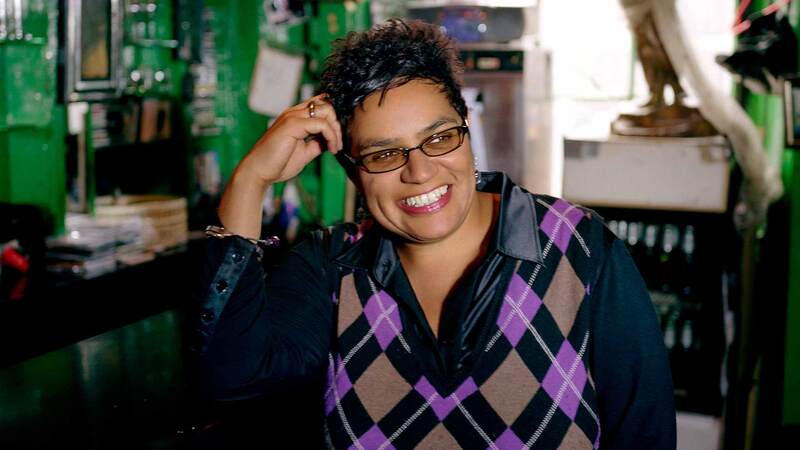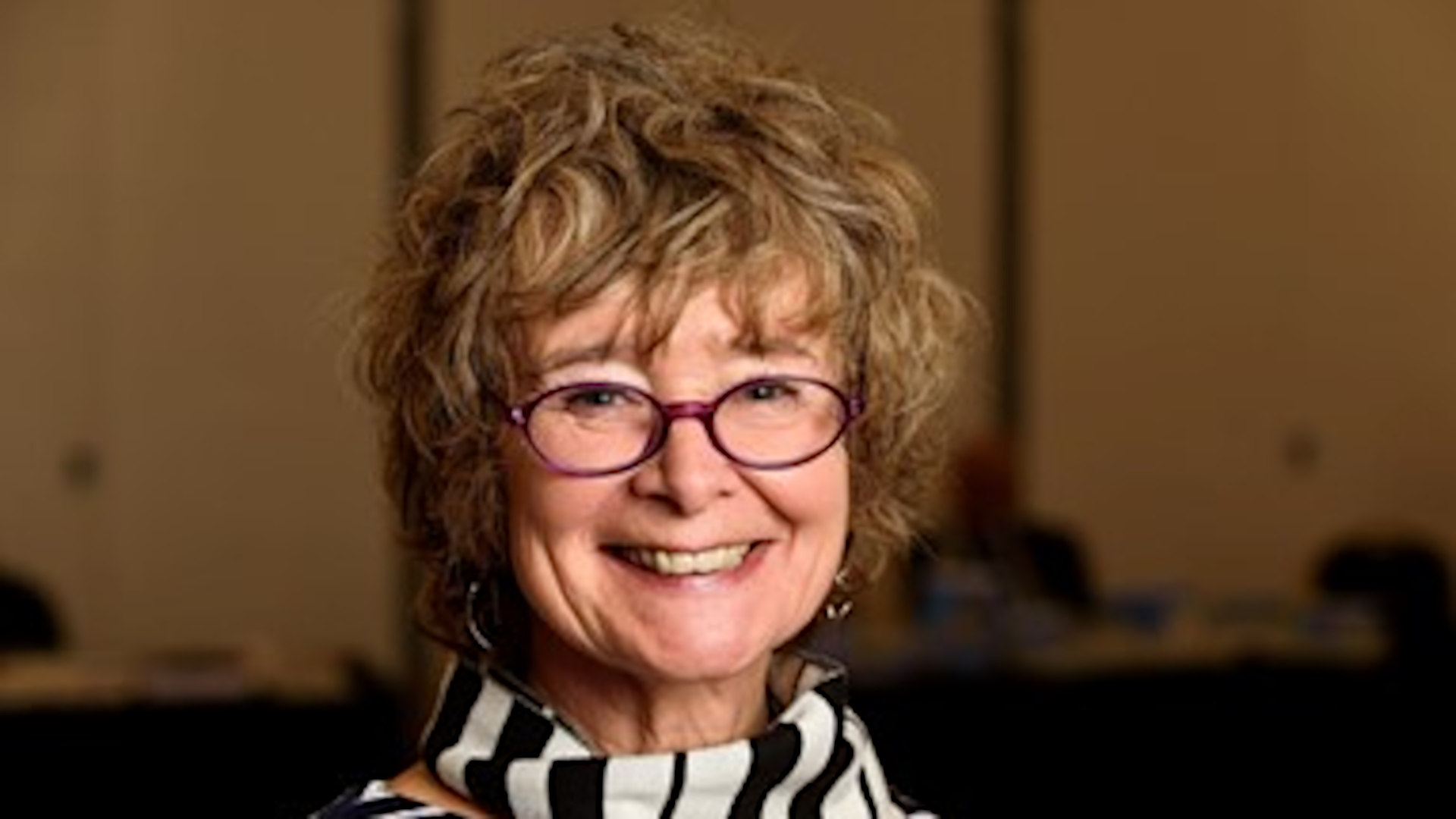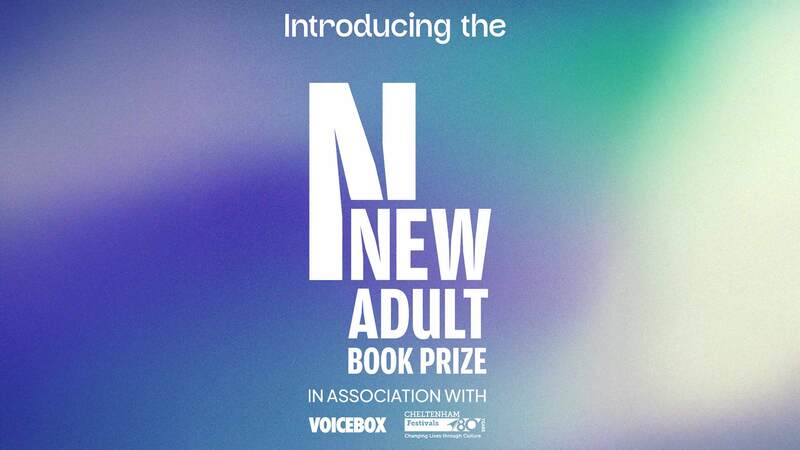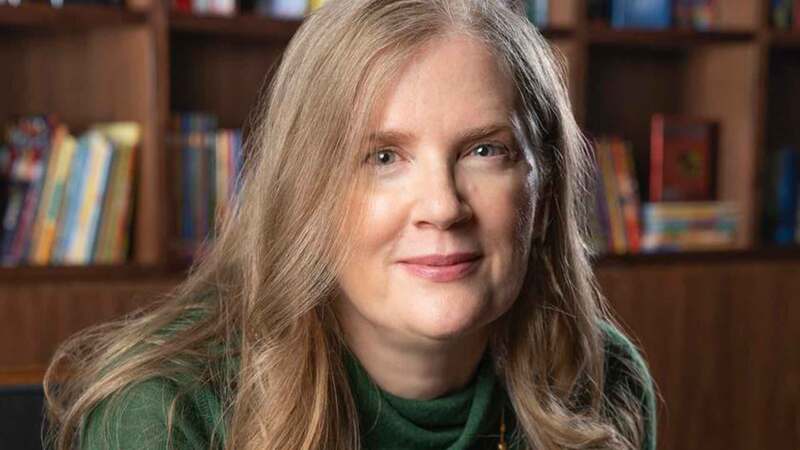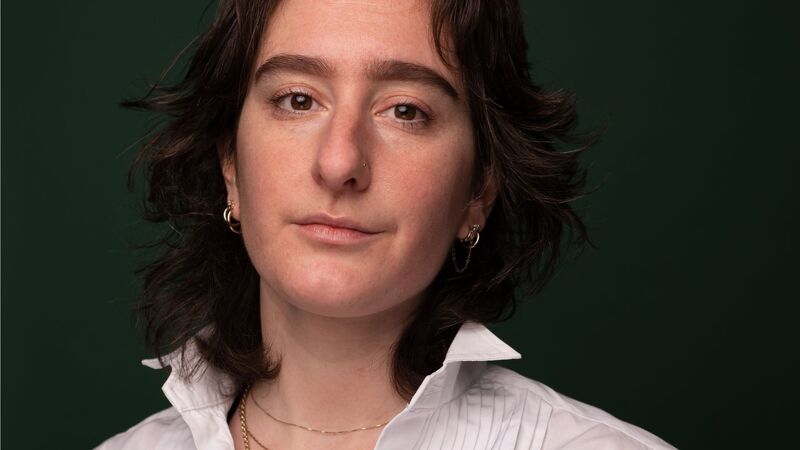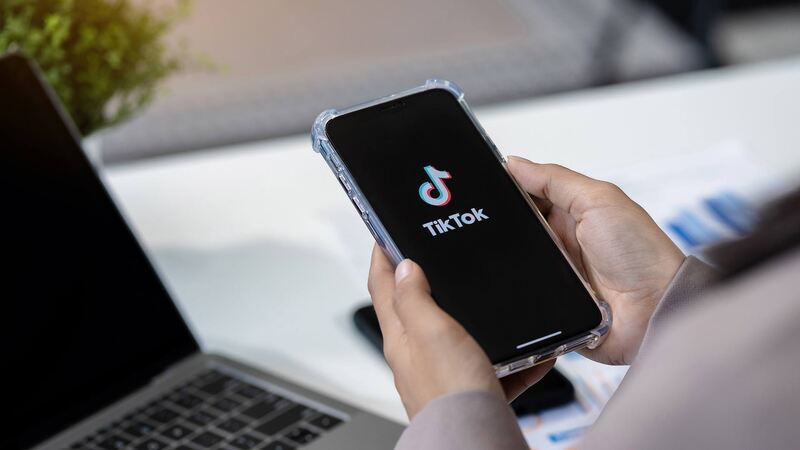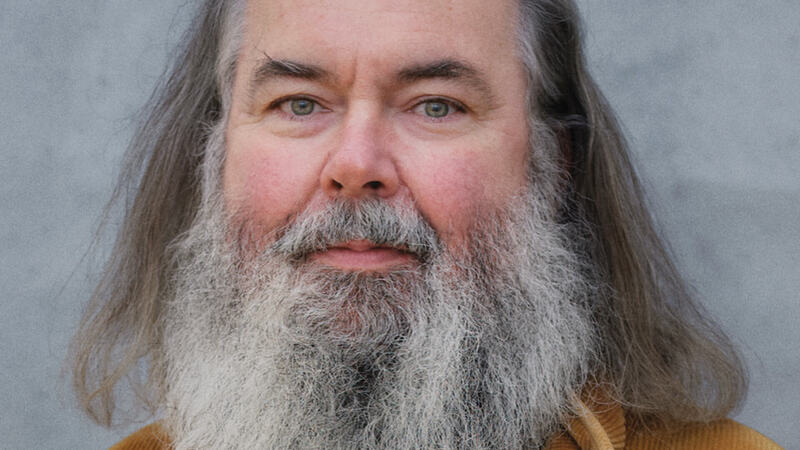You are viewing your 1 free article this month. Login to read more articles.
PRH report reveals latest inclusivity stats
Penguin Random House UK has reported an increase in the percentage of its new hires who identify as BAME, LGBTQ and with a disability in 2017 in its latest Creative Responsibility Report, setting out progress towards its 2020 goals and pledge to "reflect UK society by 2025". However the company says there is still "more to achieve".
According to the report, made available on PRH UK's website, the percentage of its new hires who identify as Asian/Asian British increased from 6.4% in 2016 to 6.9% in 2017, although it is still under the UK society average of 7.5% per the census for England and Wales in 2011. However the percentage of its new hires who are Black/Black British declined from 4.5% in 2016 - when it was punching above the average for UK society of 3.3% - to 3.1% in 2017. The percentage of new hires whose ethnicity was classified as "Mixed" rose from 2.7% in 2016 to 3.7% in 2017, above the UK society average of 2.2%.Of its new hires in 2017, 1.9% identified as "Other" in 2017 - a one percent rise on 2016's figure. The average for UK society today is 1%.
The percentage of White new hires declined minutely from 85.5% in 2016 to 84.4% in 2017. This is now below the average UK society average in 2011.
In terms of sexuality, PRH UK successfully increased its percentage of bisexual new hires between 2016 and 2017. However the proportion of Gay men and women hired fell. It is already hiring a higher percentage of each group than was reported in the 2011 census across UK society. In 2016, 2.2% of new hires at PRH UK identified as Bisexual (UK society 1.1%), and by 2017 this increased to 3.7%. In 2016, 6.6% of its new hires identified as Gay (UK society 1.1%), but by 2017 this fell to 3.7%. 91.2% of new recruits identified as straight in 2016 (UK society 93.7%), which proportion fell to 89.4% in 2017.
The proportion of male new hires has declined, from 35.8% in 2016 to 27.5% in 2017, while that of female new hires increased, up from 64.2% in 2016 to 72.5% in 2017. These figures compare starkly to UK society averages, where it's nearer a 50/50 split.
PRH UK employed a significantly higher proportion of disabled people in 2017, with the percentage of disabled new hires up from 1.1% in 2016 to 8.2% in 2017. However, to reflect UK society, PRH UK would need to get this up to 16%.
The publisher will continue to report its statistics each year against the 2011 census results, which will next update - thereby changing the goal posts - in 2021.
As well as measuring the diversity of its staff in this way, PRH UK has begun tracking that of its authors following the launch of its inclusivity tracker last year. As PRH UK only started collecting author data at the end of 2017, it will report specifically on this in next year’s edition.
The full report celebrates six acquisitions from authors discovered through the company’s WriteNow programme, together with welcoming 300 writers to 6 regional WriteNow events and mentoring 23 writers to date and the creation of an accessible Work Experience programme by paying participants, offering subsidised accommodation for candidates from outside London, and removing personal referrals.
Other highlights include an increase in the number of colleague volunteer readers who work each week with children struggling with their reading at local schools, to 106 in 2017; the co-foundation of Read North East together with the National Literacy Trust, which aims to mark a new chapter for literacy in the region, and includes the donation of over 3,000 books to local families; an increase in book donations to charity from 89,247 in 2016 to 129,480 in 2017; and an increase in the percentage of sustainably sourced paper from 93% in 2016 to 98% in 2017.
Siena Parker, head of Creative Responsibility, said: “It’s great to see the hard work of so many people brought to life in one place. We believe that creativity matters enormously to society, now and even more so in the future. Our aim is that everyone should have the opportunity to develop their creative skills and access the creative industries, regardless of who they are or where they come from. We all need to do more to achieve that ultimate goal.”


